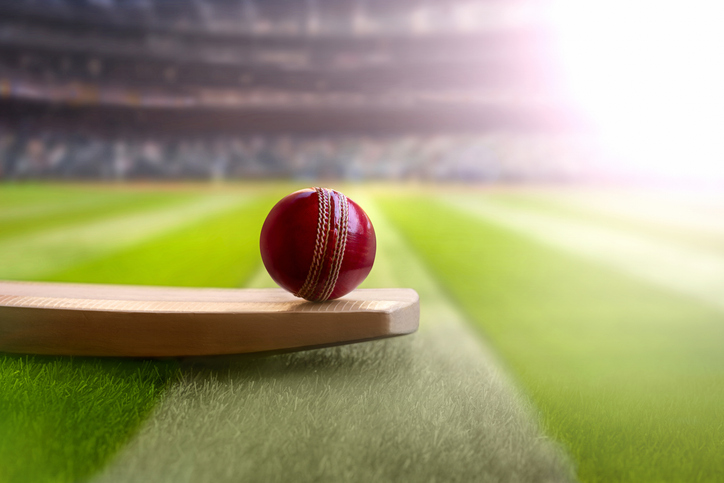On inclusivity in English and Australian cricket
July 3, 2023
Last week, English cricket was hit by a bombshell in the form of a report entitled Holding Up a Mirror to Cricket. Commissioned by the England and Wales Cricket Board, the report by the Independent Commission for Equity in Cricket (ICEC) found that the game in the land of its origin was riven by racism, sexism, elitism and class-based discrimination.
The report contends that these things are deeply rooted in the games history, culture and institutions: they are part of crickets very fabric. Immediately on the reports release, there was an apology from the CEO of the ECB for crickets sins. Those sins were implicitly admitted.
Inevitably, the matter raises questions about the condition of the game in Australia. Is cricket here riven by discrimination too?
Lets compare the situations of Britain and Australia. A class system based on birth is endemic to Britain and part of what the place is. Class is reflected in many aspects of British life even though its influence is declining. But cricketing pathways have long been stronger in private schools than in the state education system.
Australias cricketing culture has mostly developed outside the school environment. Here the grass-roots amateur clubs, mostly place-based in city suburbs and regional towns, nurture cricketing talent at both junior and senior levels. Class has little influence on the opportunities cricket can provide although socio-economic differentiation, inevitably reflected in the clubs, is likely to have impacts for example on the quality of facilities.
And sexism? The game in both countries has always been dominated by men both on and off the field, but especially over recent decades womens cricket has grown enormously. Crickets peak administrative bodies have accepted girls and women, professionalism in womens cricket has taken root and opportunities for girls to take up the game have increased greatly. That said, English womens captain Heather Knight thinks the game has a long way to go to eliminate sexism.
It is not hard to find, in the male bastions of the game, disparagement of the cricketing efforts of women and girls, but equally there is recognition of the achievements of recent times. Not long ago, a womens international match attracted a crowd of more than 86,000 to the Melbourne Cricket Ground. Females are finding their place in the game and being supported in it.
The realms of greatest and most obvious discrimination in the British case are those of race and ethnicity. The ICEC, in its survey of attitudes, found that many players of Indian, Pakistani and Bangladeshi heritage had experienced it in terms of race-baiting language and a pervasive sense of cultural exclusion. A Pakistan-born Yorkshire player, Azeem Rafiq, alleged that he had been racially abused and discriminated against in the Yorkshire County Cricket Club and his career upended because of it. An enquiry vindicated his position.
Where we are most likely to find discrimination and exclusion in Australian cricket is in the arena of race. In particular, there is a looming issue that is rooted in the growth of the Indian community. India is now the source of the largest immigrant stream to Australia. It is also a country which is cricket mad, and lately it has become the de facto national leader of the cricket world.
Indian and other sub-continental migrants have brought their love of cricket with them. A very small number of people of sub-continental heritage (smaller than in New Zealand, for example) have made it to first-class and Test level, most notably Pakistan-born Usman Khawaja, one of Australias best batters, who arrived in this country as a boy. At least three Australian-born men of Indian heritage, Gurinder Sandhu, Jason Sangha and Tanvir Sangha, have recently played Sheffield Shield cricket, but there can be no doubt that the sub-continent has been under-represented at the games higher levels relative to the sizes of its Australian communities.
Inevitably, more high-quality players will emerge from these communities. In the big cities, teams made up entirely or largely of sub-continental players are making themselves felt in junior ranks. The best of these players are bound to be seen, soon and in increasing numbers, in grade cricket and then at higher levels. If they are treated badly, for example by race-baiting abuse, or their paths to advancement are impeded, cricket will face criticism. It will also be the poorer in terms of its own strength.
In Wollongong, a club called the Illawarra Passionate Cricketers Club has recently been founded. The club has been accepted by governing body Cricket Illawarra in the lower grades but now it seeks to play at the higher levels. Its membership is majority, but not exclusively, Indian, and its leaders state as an objective a member playing for Australia in the foreseeable future. They claim that should they be permitted to join Cricket Illawarras ranks as a fully-fledged club entity, cricketers of quality will be attracted to Wollongong to play in a competition that will be strengthened by their presence. Importantly, as part of their commitment, they seek to develop a home ground in Wollongong.
Cricket must recognise such organisations and encourage them. In Wollongong there is nervousness about admitting a team whose origin is based upon a particular race of people, and it has been suggested that the IPCC should join an existing club. This, of course, might see its identity subsumed by that of a foster organisation.
Crickets interest, surely, is to grow the game within the nation. First and foremost it must promote access which is best done by an approach that is inclusive. Players, administrators and spectators alike must show respect on the issue of race. A million people, 4 per cent of the Australian population, are of sub-continental birth or heritage, and cricket must incorporate them appropriately and at all levels.

